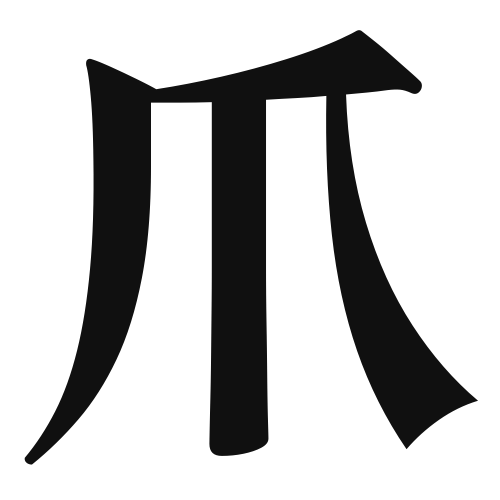1. Overview of Meaning
The kanji “爪” (tsume) means “nail” in English, referring to the hard protective covering on the tips of fingers and toes in humans and animals. It can also represent claws in animals.
2. Formation and Radical
Formation of the Kanji: The kanji “爪” is a pictogram, originally depicting the shape of a claw or nail. It belongs to the category of ideograms, as it visually represents the concept of a nail or claw.
Radical: The radical for “爪” is also “爪,” which is used in other kanji related to nails or claws.
3. Examples of Usage
Common Words and Phrases:
- 爪切り (tsume kiri) – nail clipper
- 爪先 (tsume saki) – tip of the nail
Example Sentences in Daily Conversation:
- 「爪が伸びてきたので、爪切りを使います。」(Tsume ga nobite kita node, tsume kiri o tsukaimasu.) – “My nails have grown, so I will use a nail clipper.”
- 「猫の爪は鋭いです。」(Neko no tsume wa surudoi desu.) – “The cat’s claws are sharp.”
4. Synonyms and Antonyms
Similar Kanji:
- 爪 (tsume) – nail/claw
- 爪先 (tsume saki) – tip of the nail, which refers specifically to the end part of the nail.
Antonyms:
- 手 (te) – hand, which is the whole hand as opposed to just the nails.
5. Cultural and Historical Background
Relation to Japanese Culture: In Japanese culture, nails are often associated with beauty and grooming. Nail art has become a popular trend, especially among women.
Proverbs and Idioms: One common saying is “爪の先まで” (tsume no saki made), which means “to the very tip of the nail,” indicating thoroughness or attention to detail.
